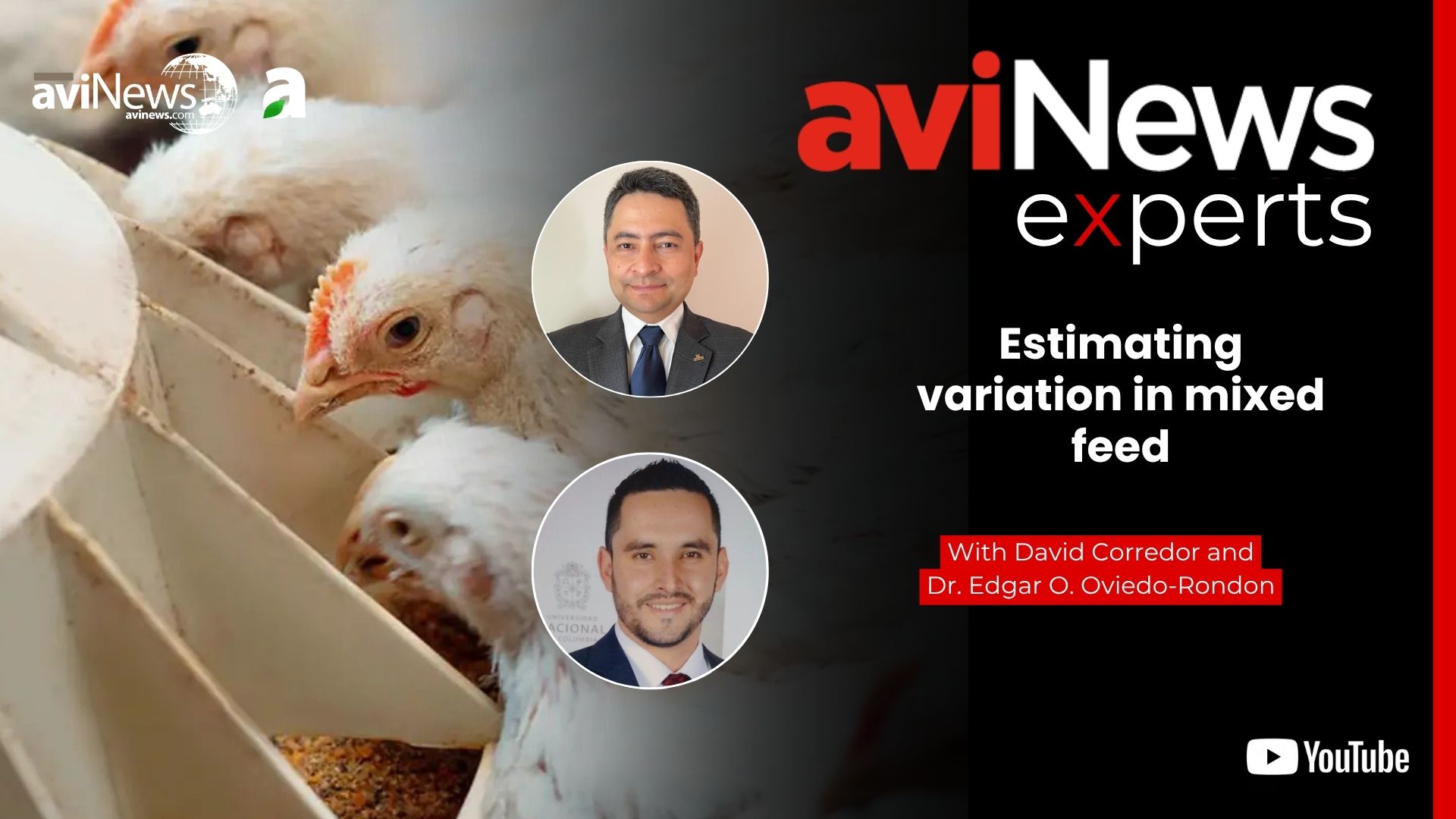- OBSERVE: Chickens frantically flapping once hung on the air conveyor. Consequences: Their stress increases. Bleeding, bruising, fractures, etc., occur.
- LISTEN: Noise level in the environment – fans, motors. Etc. Consequences: In the waiting and hanging areas they cause stress to the birds.
- SMELL: To determine foul odors due to improper cleaning and disinfection of equipment and facilities. Consequences: They affect the sanitary quality of the chickens that are being processed.
- TOUCH: Products in the process to get a rough idea of surface temperature and texture.
This requirement becomes critical whether slaughtering at speeds of 1, 2, or 3 chickens/second. If the appropriate actions are not taken as soon as possible, the losses in quality and yield will increase the cost per kilo of processed meat. This consequently affects the product’s competitiveness in the market.
MANAGEMENT ACTIONS: To get the most out of all the information processed by our senses, we must implement the following introspective procedure: What messages can be derived from what was sensed?. Did they occur at the same time or throughout the processing?. Why are they happening?… Click here to read more







 Follow
Follow









